Installation and Underlay
Article provided by Godfrey Hirst
All carpets must be installed in accordance with AS/NZS 2455.1:2007
“Textile floor coverings – Installation Practice – General” standard and the Godfrey Hirst installation recommendations as set out on the following pages.
Installers – Insist on trained professional tradesmen to install your carpet.
Check first – before making any cut from a roll, ensure your installer examines the carpet and checks for length, quality, pattern, colour and dyelot. Once a roll has been cut, claims will generally not be accepted for these issues.
Power Stretching
All carpets must be power stretched. Bubbling
and wrinkling may occur if carpet is not adequately
power stretched during installation.
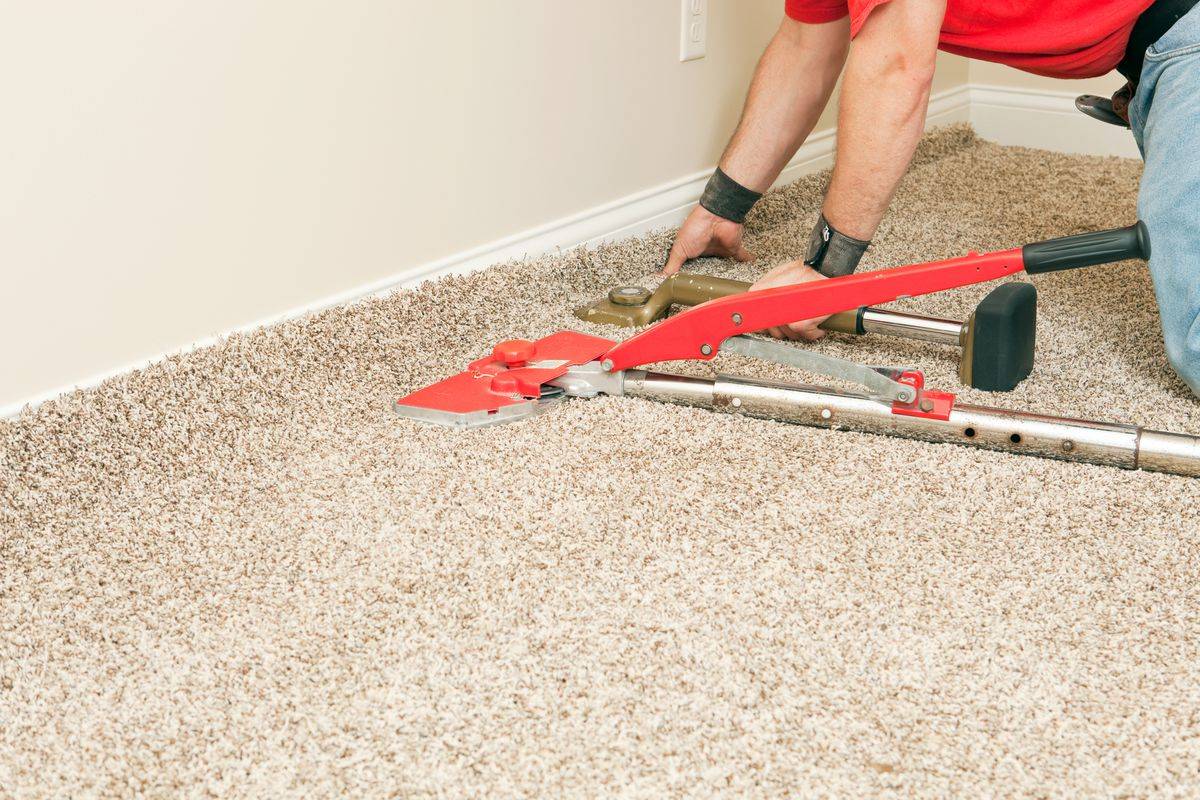
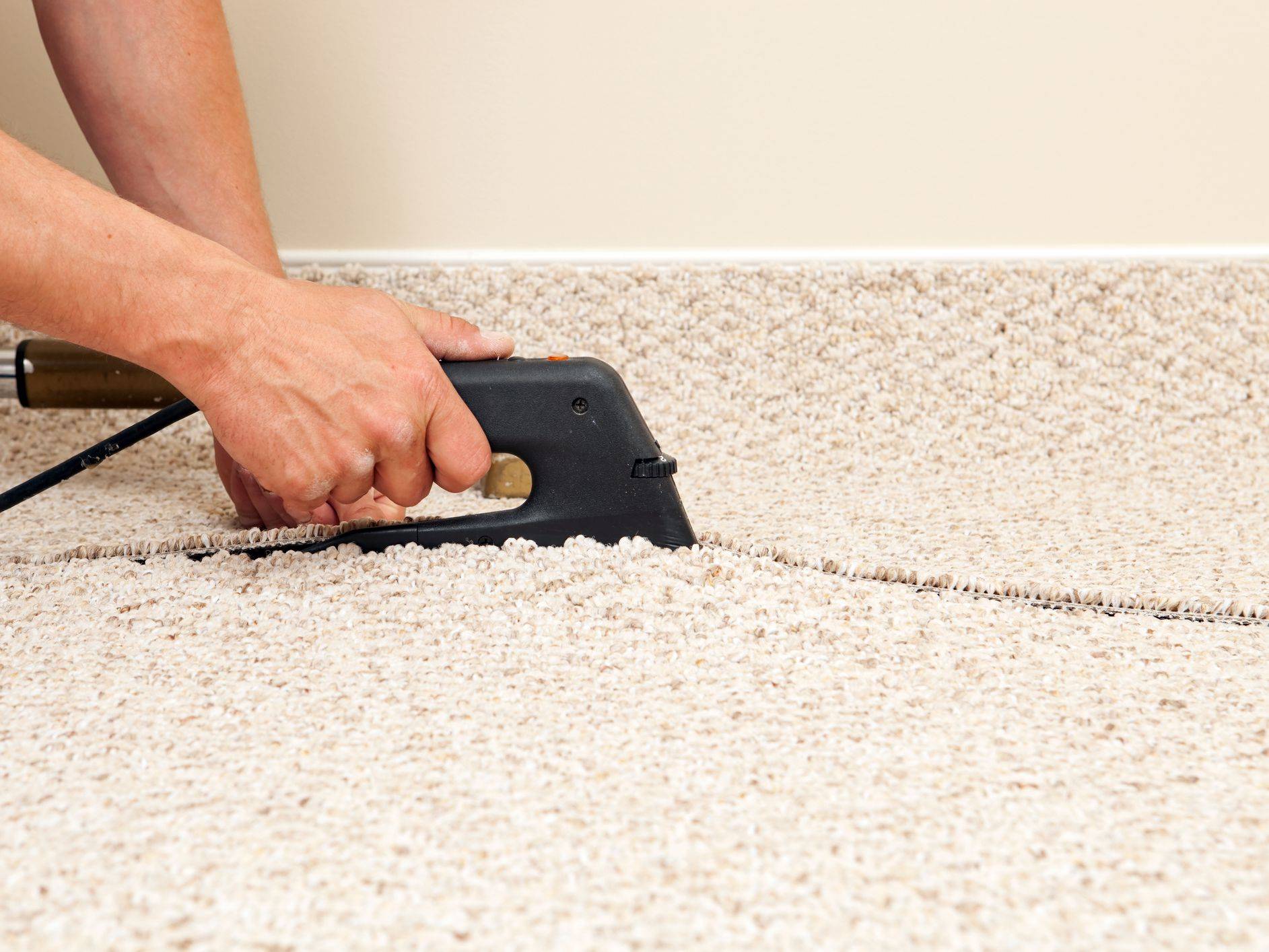
Seams
Seam adhesive (sealer) must be used for all seams,
width wise and length wise in all installations. Use
a solvent based seam seal adhesive on direct glue
down applications. On conventional installations
use a latex based seam seal adhesive. If the seams
are not permanently bonded together the carpet
may unravel and begin to break down at the edges,
causing premature wear. Poorly bonded seams are
not the responsibility of Godfrey Hirst.
Stairs
On stairways the pile should sweep down. A little
hidden extra carpet should be folded back at the
top and bottom of stairs so as the edges of the
tread are worn down, the carpet can be moved
to hide the wear point. Purchasing extra carpet
to replace carpet on stairways is recommended.
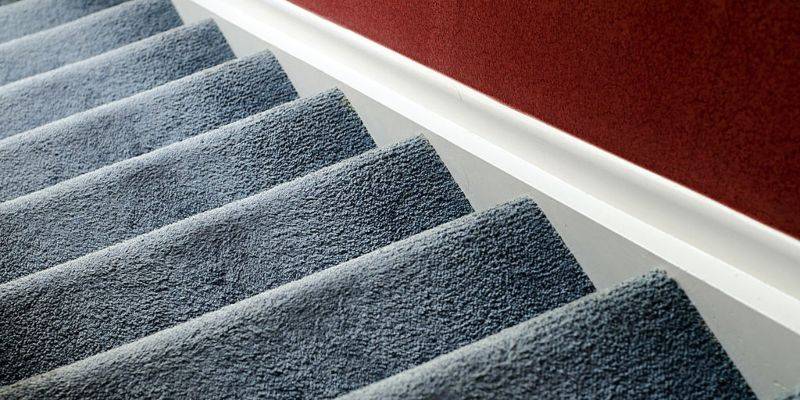
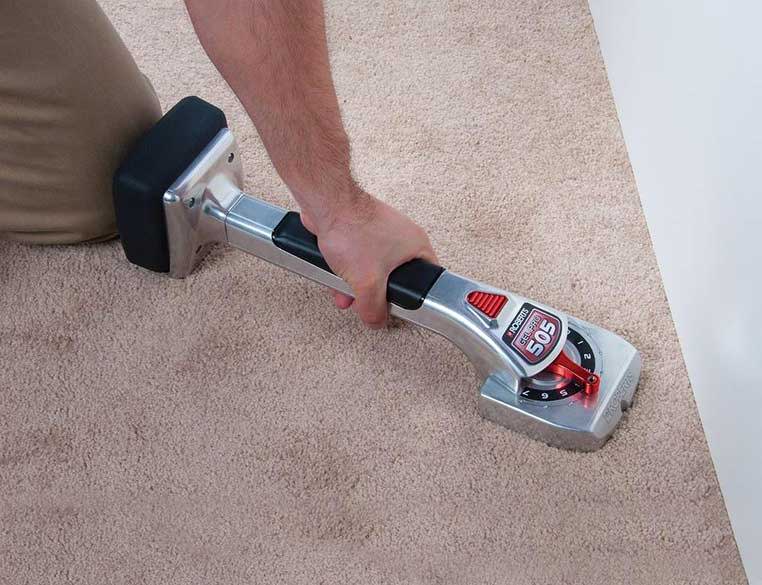
Wrinkling (or Rucking)
Wrinkling may occur after installation. It can
be caused by excessive humidity, inadequate
underlay or not using the recommended installation
procedures, in particular failing to use a power
stretcher. A competent installer can usually correct
this problem.
Underlay
Underlay and carpet are designed to work together
as a complete flooring system. Generally, a quality
underlay will extend the life of your carpet while
giving better resilience and comfort.
Ask your retailer to match a quality underlay
(compliant with the appropriate classification for
the intended use/application as per AS4288 i.e.
light residential, general, luxury, commercial or
heavy commercial) with the quality and proposed
use of your carpet.
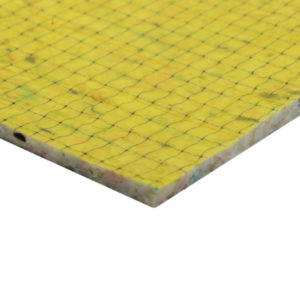
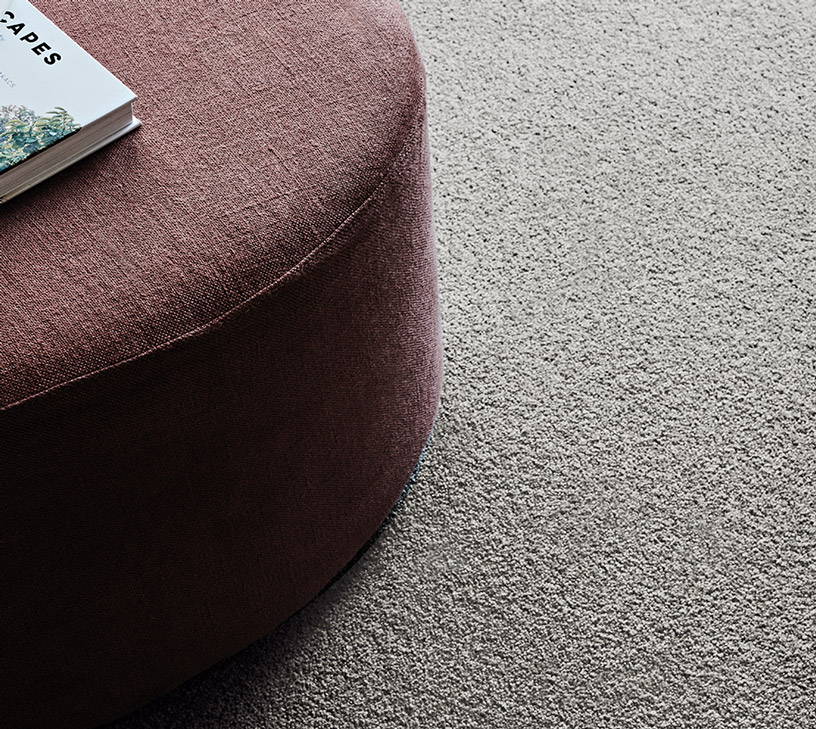
Pile Direction
Carpet pile should run in the same direction
throughout the installation, sweeping towards
the main entrance where possible.
Seams and cross joins in the wrong place can
spoil the appearance of your carpet and lead
to premature wear. Generally, seams should
run in the same direction as most foot traffic.
Seams should be avoided in high traffic areas
and kept as far away from windows as possible,
to avoid light falling across the seam making it
appear more obvious.
Ask the installer where they plan to place seams
and cross joins before the carpet is cut.
